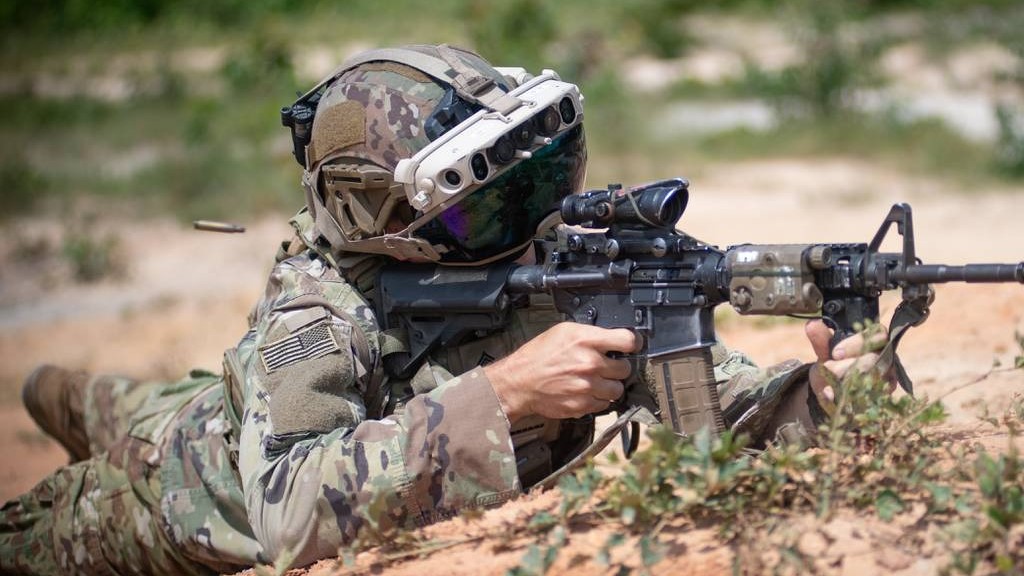
What you need to know
- Microsoft will develop version 1.2 of the IVAS augmented reality headset for the U.S. Army.
- IVAS is a system based on Microsoft's HoloLens that aims to aid soldiers in combat.
- The project has seen several delays since its initial announcement.
- The next version of IVAS will be lighter, better balanced, and have new capabilities, such as color-coded navigation.
Microsoft and the U.S. Army continue to work on creating a viable and combat-ready augmented reality headset. We now have more details about an upcoming version of the Integrated Visual Augmentation System (IVAS) which is known as version 1.2 of the system.
The new version of IVAS is lighter, more refined, and has a controller that's separate from its computer. All of these are steps toward making the headset usable in real-world situations, but it will need to pass through several tests before that occurs.
IVAS is based on Microsoft's HoloLens. It's been in the works for several years. Microsoft announced a deal worth potentially $22 billion with the U.S. Army to produce headsets, though that project has hit some bumps along the way. The deal was delayed in October 2021.
Microsoft has worked with the U.S. Army to refine the design of IVAS. The Army purchased 5,000 version 1.0 headsets and an additional 5,000 version 1.1 systems, according to Army Times. Those headsets are expected to be delivered early in the 2024 fiscal year.
Version 1.2 of IVAS will have two phases as well as feedback sessions from soldiers. That version of the militarized headset is scheduled for operational testing in the 2025 fiscal year. If things remained on schedule, field testing would occur by the end of the 2025 fiscal year.

Previous versions of IVAS had a chest-mounted controller and computer that were together. Version 1.2 separates the controller from the PC. The new design allows the computer to be moved around the torso. The computer for the system is now mounted on the back of the helmet.
Moving the computer to the back of the headset should also reduce neck strain. Earlier models of IVAS were more front-heavy. In addition to being balanced better, version 1.2 of IVAS is lighter. The target weight is 2.85 lbs compared to the 3.4 lbs of its predecessor. Army Times highlighted that 2.85 lbs is the same weight as Enhanced Night Vision Goggle-Binoculars.
Microsoft and the Army also plan to reduce eye strain, expand the field of view, and improve airflow of IVAS. The next version of the device will also have color-coded navigation points on a virtual map.
One of the biggest concerns with IVAS is that it can cause nausea and dizziness in soldiers. The Army has a team tasked to address the issue. That group will work aside partners from Microsoft Visual Sciences and other experts.
This isn't the first time that we've heard about IVAS version 1.2. A report by Bloomberg from earlier this year shed light on the project. That story revealed that the U.S. Army decided that it would not place any more orders for military-grade HoloLens headsets this fiscal year. Instead, a large sum would be spent on developing an improved version of IVAS.
The exact figures have shifted since the report in January 2023, but that's a normal occurrence when it comes to government projects of this size. The main takeaway is the same; the U.S. Army wants better headsets that are more viable options for use in combat.







